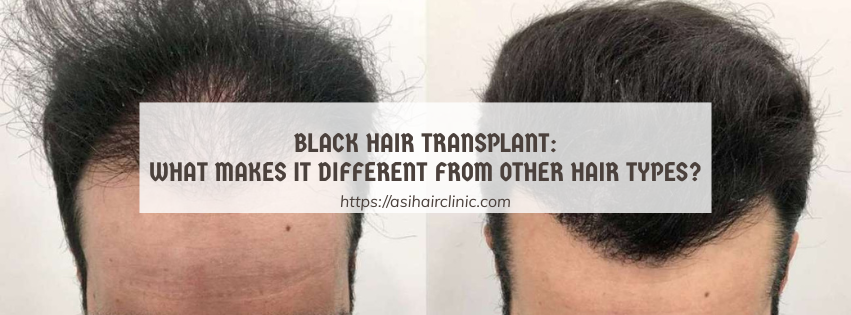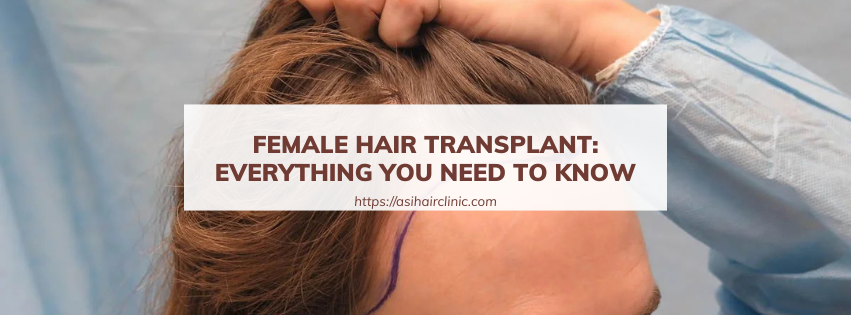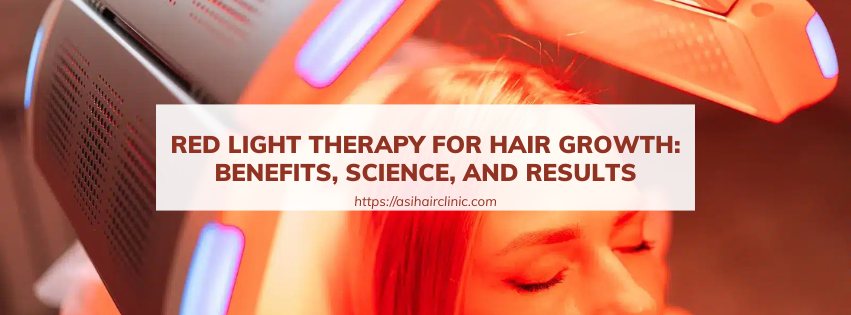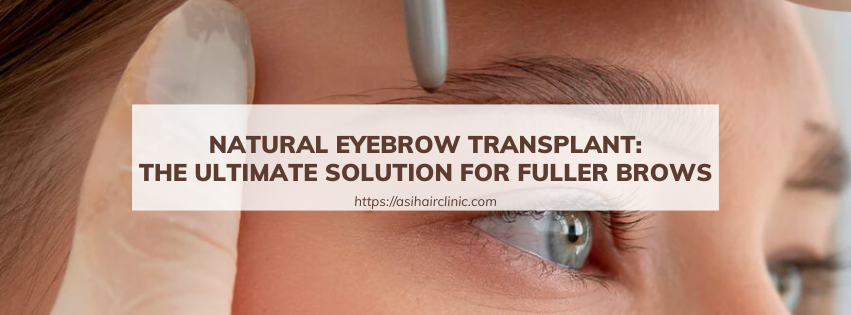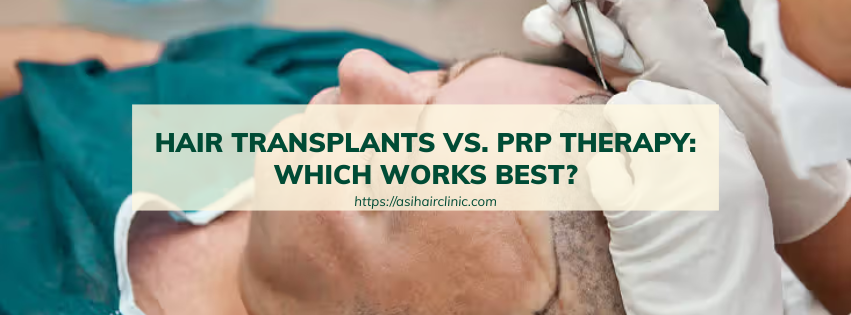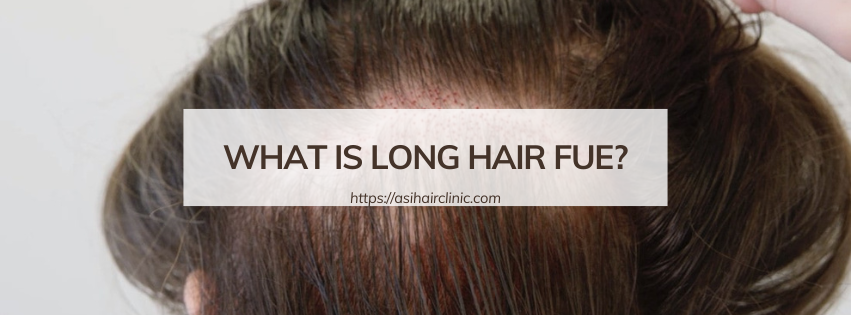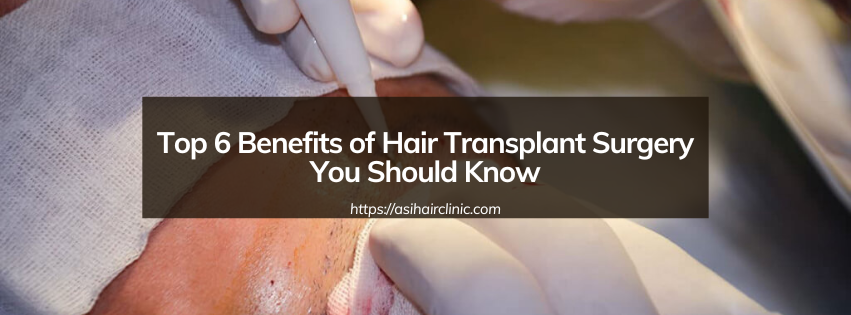Can hair transplant be dyed, curled, straightened or styled?
Hair transplantation is a remarkable medical procedure that can profoundly alter an individual's confidence and self-esteem. For many who have experienced hair loss, this life-changing solution not only restores their hair but also revitalizes their sense of identity. However, once the procedure is complete, questions often arise regarding the styling and maintenance of the newly transplanted hair. Specifically, can it be dyed, curled, straightened, or styled like natural hair? This comprehensive guide unravels these queries and delves into the intricacies of post-procedure hair care, ensuring you are well-prepared to embrace your new look with confidence.
The journey toward effective hair management post-transplant involves understanding the healing process, assessing styling options, and adopting a long-term care strategy. Each of these dimensions plays a critical role in determining how best to treat and style your transplanted hair, while keeping in mind its unique requirements as it heals and matures.
1. Understanding the Healing Process
Before diving into the exciting realm of hair styling possibilities, it's essential to grasp the intricacies of the hair healing process post-transplant. The road to healthy, vibrant hair is marked by specific phases that dictate what you can and cannot do with your hair during the initial period following the procedure. Acknowledging these stages will help you manage expectations and prevent premature damage to your newly implanted hair.
1.1. The Initial Shedding Phase
After undergoing a hair transplant, many individuals experience a phenomenon known as shock loss, where the transplanted grafts initially shed. It’s important to note that this shedding is completely normal and forms part of the natural recovery process. In fact, shock loss occurs due to the trauma inflicted on both the scalp and the hair follicles during the surgery.
During the first few weeks after the procedure, the body begins to heal itself, which may result in temporary puffiness, redness, or sensitivity in the scalp area. Understanding that this phase is transitory can provide reassurance to patients who might find themselves anxious about the sudden thinning of their hair.

1.2. New Growth Phase
As the initial shedding subsides, the real magic starts to happen. Typically, the new hair growth, often referred to as the harvesting phase, begins around the two-month mark after the surgery. During this time, small hair follicles begin to grow back, gradually progressing over the next several months. This new growth often appears fine and sparse at first, but as time passes, it becomes thicker and more resilient.
Patience is vital during this stage; the transformation from thin, delicate strands to full-bodied hair takes time. While waiting for the results to manifest, it is crucial to focus on gentle care and avoid any practices that could interfere with this delicate development.
1.3. Importance of Gentle Care
With the knowledge of the healing process in mind, one must adopt a patient and gentle approach to hair care. Excessive manipulation of the newly transplanted hair can lead to complications that may jeopardize the success of the procedure, so it’s essential to tread carefully in the early stages.
Avoiding harsh shampoos, conditioners, and styling products is paramount. Instead, opt for mild, non-irritating hair care routines that prioritize the wellness of the scalp. Additionally, steer clear of heat styling tools such as straighteners, curling irons, or blow dryers for a minimum of six months. Excessive heat can cause significant damage to the fragile follicles and disrupt the healing process, potentially harming the outcome of your hair transplant.
2. Styling Considerations After Hair Transplant
Once the hair has fully healed, the world of hairstyling opens up to you. However, even at this stage, certain considerations should be kept in mind to make informed decisions about dyeing, curling, straightening, or styling your hair. It is essential to strike a balance between personal expression and the health of your newly transplanted locks.
2.1. Dyeing: A Colorful Choice
The possibility of dyeing your transplanted hair typically emerges after the initial six-month healing period. For those craving a fresh look or wanting to cover greys, it is exciting to consider the various dyeing techniques available. However, consulting with your hair transplant surgeon or a skilled stylist is crucial before applying any color treatment.
Feasibility of Dyeing: While dyeing transplanted hair is generally possible, it requires careful consideration of both the dye choice and application technique. Many professionals recommend starting with lighter shades before progressing to darker tones, allowing both your hair and scalp to acclimatize to the added chemicals without undue stress.
Precautions to Take: It is advisable to avoid harsh chemical dyes, particularly during the first year after the transplant. Opting for semi-permanent or temporary dyes is a gentler alternative that minimizes the risk of scalp irritation. Furthermore, exploring natural hair dyes derived from henna or similar organic ingredients can serve as a wonderful way to add color without resorting to potentially harmful chemicals.
2.2. Curling: Adding Volume and Texture
For individuals yearning for bouncy curls or textured waves, curling options become available once the hair has grown sufficiently post-transplant. Heat tools can be used, but caution is required to maintain the integrity of your hair.
Heat Styling Tools: Using low heat settings on curling irons and protective heat styling products can minimize the risks associated with heat exposure. It's worth noting that while curling tools can achieve stunning styles, they may be less forgiving on newly transplanted hair, so moderation is key.
Heatless Alternatives: Alternatively, consider embracing heatless curling methods, such as overnight braiding or using classic hair rollers. These approaches not only protect the delicate hair follicles but also offer an effortless way to achieve beautiful curls over time.
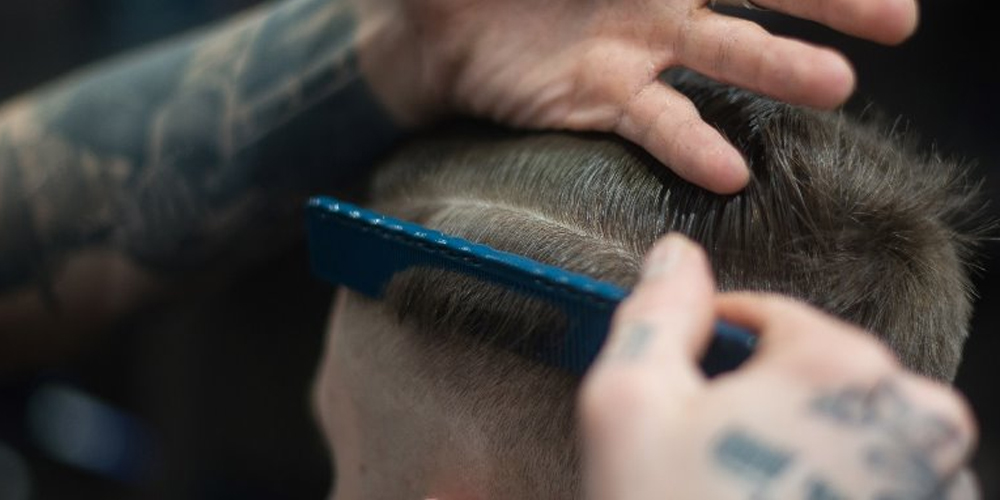
2.3. Straightening: Sleek Styles
For those who prefer a sleek, straight look, getting your hair straightened post-transplant is also feasible, provided proper precautions are taken. As always, communication with your hair transplant surgeon is essential to ensure you're taking appropriate steps in pursuing this look.
Quality Straightening Tools: If you decide to straighten your hair, invest in high-quality, professional-grade straightening tools equipped with adjustable heat settings. Avoid using high temperatures, especially within the first year of hair growth, as excessive heat can disrupt the healing process and compromise the quality of your hair.
Gentle Approaches to Styling: Maintaining a gentle approach is crucial when styling your transplanted hair. Avoid tight hairstyles that pull on the newly implanted hair, utilizing soft hair ties and elastic bands instead. Minimize the use of hairsprays, gels, or other styling products that may irritate the scalp or create unwanted buildup.
3. Factors Affecting Styling Options
When evaluating how to style your transplanted hair, several factors come into play, ultimately influencing your choices regarding dyeing, curling, straightening, and other styling techniques. Recognizing these variables will aid in making tailored decisions based on your individual circumstances.
3.1. Hair Texture: Embracing Natural Characteristics
The texture of your transplanted hair is primarily dictated by the donor hair from which it was harvested. If your donor hair is straight, curly, or wavy, your newly transplanted hair will likely reflect those characteristics.
Caring for Different Textures: Understanding this can enable you to adopt hair care practices that align with the needs of your specific hair type. For instance, curly hair often requires additional moisture and specialized products to retain its bounce, while straight hair may necessitate less product. Adapting your routine based on texture can greatly enhance the overall appearance and feel of your hair.
3.2. Hair Growth Pattern: The Nature of Your Locks
The growth pattern of your transplanted hair mirrors the natural hair growth of your donor area. This means that the direction in which your hair grows will influence your styling options. If your donor hair grows in a particular direction, it’s likely your transplanted hair will follow suit.
Working with Your Growth Pattern: Being aware of your hair's growth pattern can help you work with your locks rather than against them. Utilizing styling techniques that complement your natural growth will yield more favorable results and reduce the likelihood of damage.
3.3. Scalp Sensitivity: A Personal Touch
Post-hair transplant, some individuals may experience increased sensitivity in the scalp, requiring them to select gentler styling methods and hair care products.
Choosing the Right Products: Opting for products formulated specifically for sensitive scalps can alleviate discomfort while promoting healthy hair growth. Consulting a dermatologist or skincare expert can help identify the best options that cater to your specific needs and preferences.
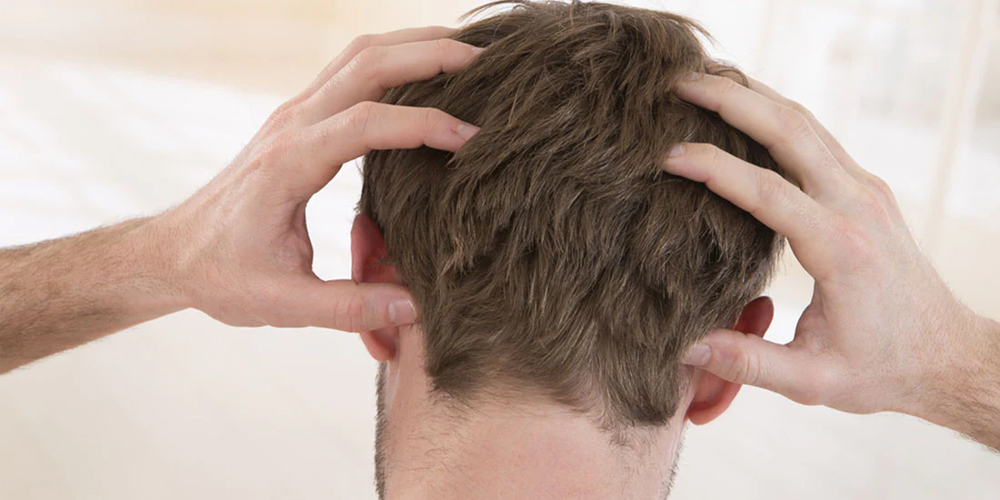
4. Maintenance and Long-Term Care
Maintaining your transplanted hair requires commitment and consistency. Establishing a solid hair care routine will go a long way in ensuring your new hair remains healthy, vibrant, and looking its best.
4.1. Gentle Shampoos: The Foundation of Care
Using gentle, sulfate-free shampoos designed for sensitive hair is vital in preserving the health of your newly transplanted locks. Harsh chemicals can strip the hair of essential oils and cause irritation to the scalp, undermining all the hard work that went into your hair transplant.
Conditioning: Keeping Hair Hydrated: In addition to shampoo, incorporating a nourishing conditioner into your routine is equally important. Regular conditioning helps keep the hair hydrated and manageable, preventing dryness and brittleness that could lead to breakage.
4.2. Scalp Massages: Promoting Growth
Regular scalp massages can enhance blood circulation, fostering a healthier environment for hair growth. Aside from improving blood flow, the tactile stimulation can also create a relaxing experience—an added bonus for self-care enthusiasts looking to maintain their newfound hair.
4.3. Sun Protection: Shielding Your Scalp
Protecting your scalp from harmful UV rays is another crucial aspect of long-term hair care. Wearing a hat or applying sunscreen specifically formulated for the scalp helps prevent sunburn and skin damage, safeguarding your hair’s natural beauty.
4.4. Regular Hair Trims: Maintaining Style
Scheduling regular haircuts is essential to uphold the health and appearance of your transplanted hair. Consistent trims not only remove split ends but also keep your hairstyle looking sharp and well-maintained.
5. Consulting a Professional
Throughout your hair transplant journey, ongoing consultation with your hair transplant surgeon or a trusted hair professional can provide invaluable support. Developing a collaborative relationship ensures personalized care that optimally addresses your individual needs.
5.1. Pre-Transplant Assessment
Prior to your hair transplant, discussing your hair goals and potential styling concerns with your surgeon can lay the groundwork for a successful procedure. Clear communication can help inform both parties about expectations and desired outcomes, setting the stage for a positive experience.
5.2. Post-Transplant Instructions
Following the procedure, receiving specific guidance on hair care and styling during the healing process is paramount. Listening carefully to post-operative instructions can enhance the success of your hair transplant, as well as your overall satisfaction with the results.
5.3. Tailored Hair Care Recommendations
Lastly, seeking recommendations for suitable hair products and styling techniques that minimize the risk of complications is essential. Professional advice can elevate your hair care regimen, maximizing the benefits of your hair transplant and helping you achieve your desired style.
Conclusion
Styling transplanted hair is indeed possible after the hair has fully healed. Dyeing, curling, straightening, and other styling options are within reach, but it is crucial to prioritize gentle care and avoid potentially damaging practices during the initial healing phase. By understanding the healing process, considering personal factors, and practicing consistent maintenance, individuals can confidently explore creative hair styling avenues. Remember that patience, proper hair care, and professional guidance will pave the way for a successful and fulfilling hair transplant journey. With the right approach, your newly restored hair can thrive, providing you with the confidence and self-esteem you deserve.
LATEST POSTS

